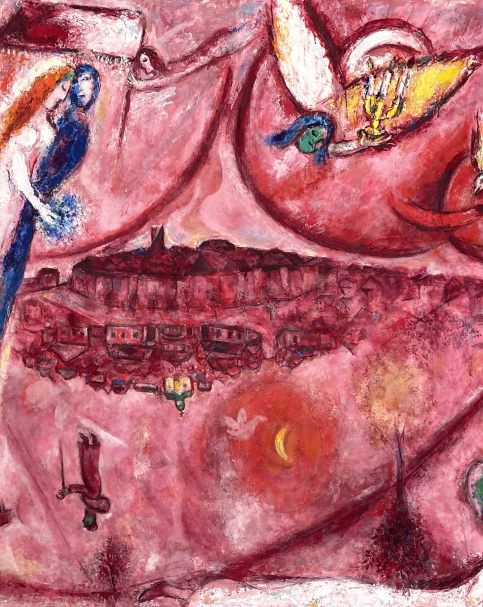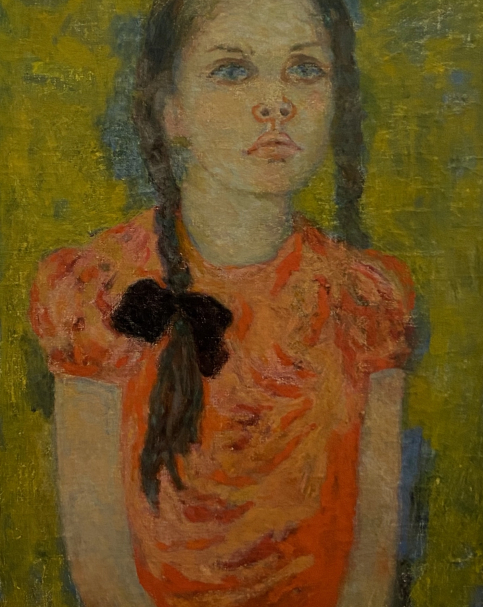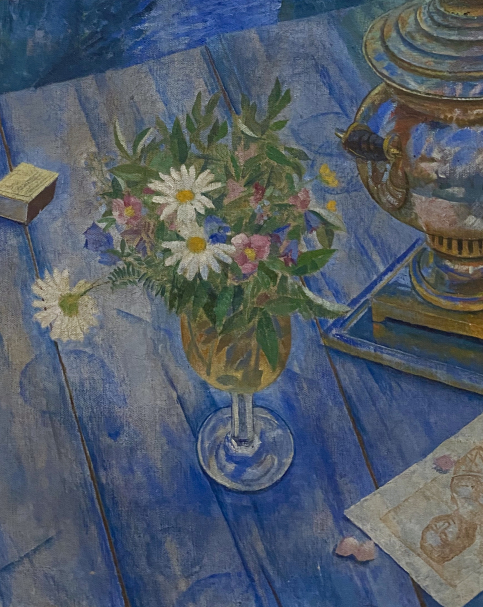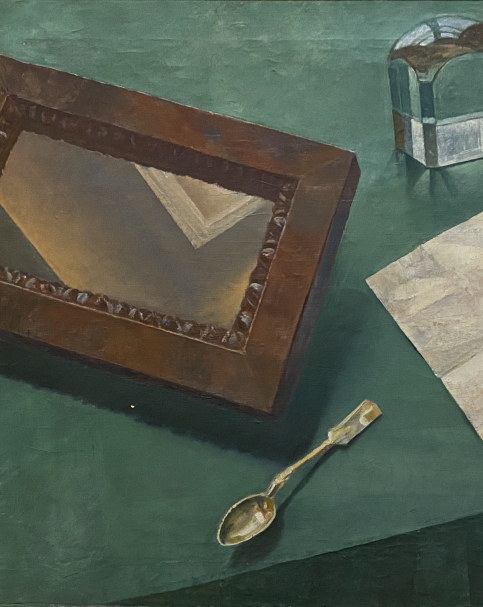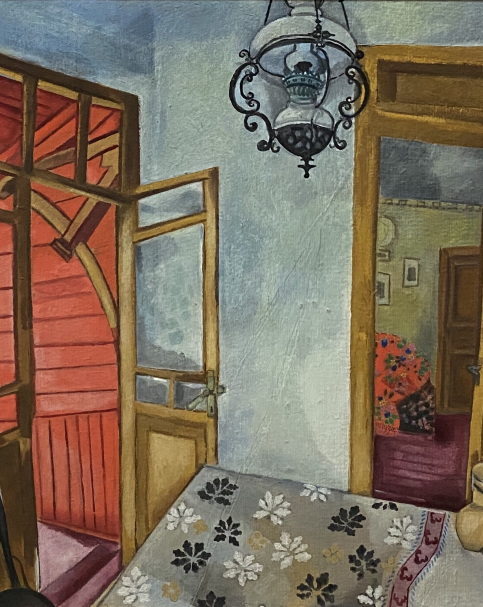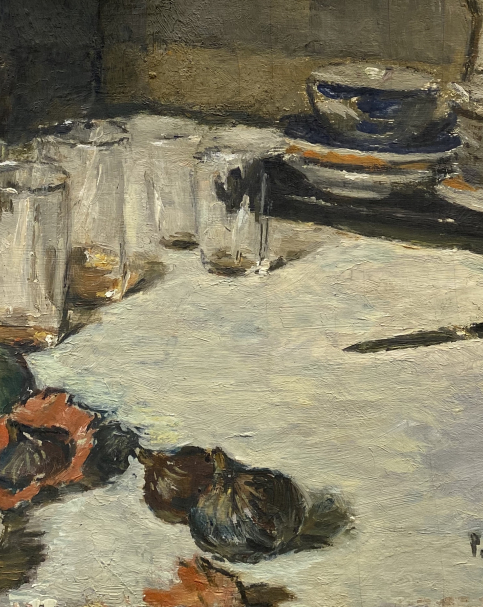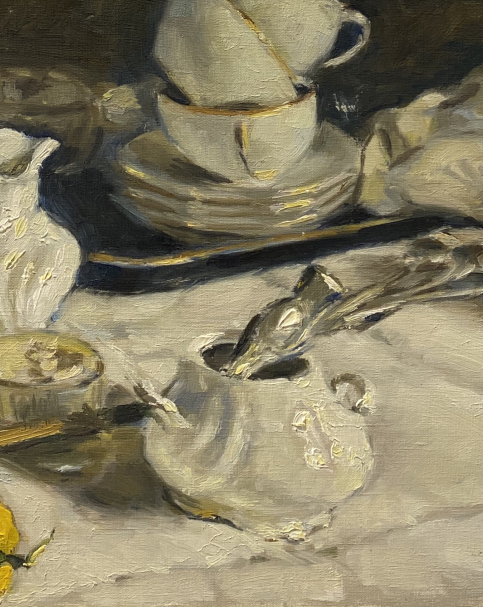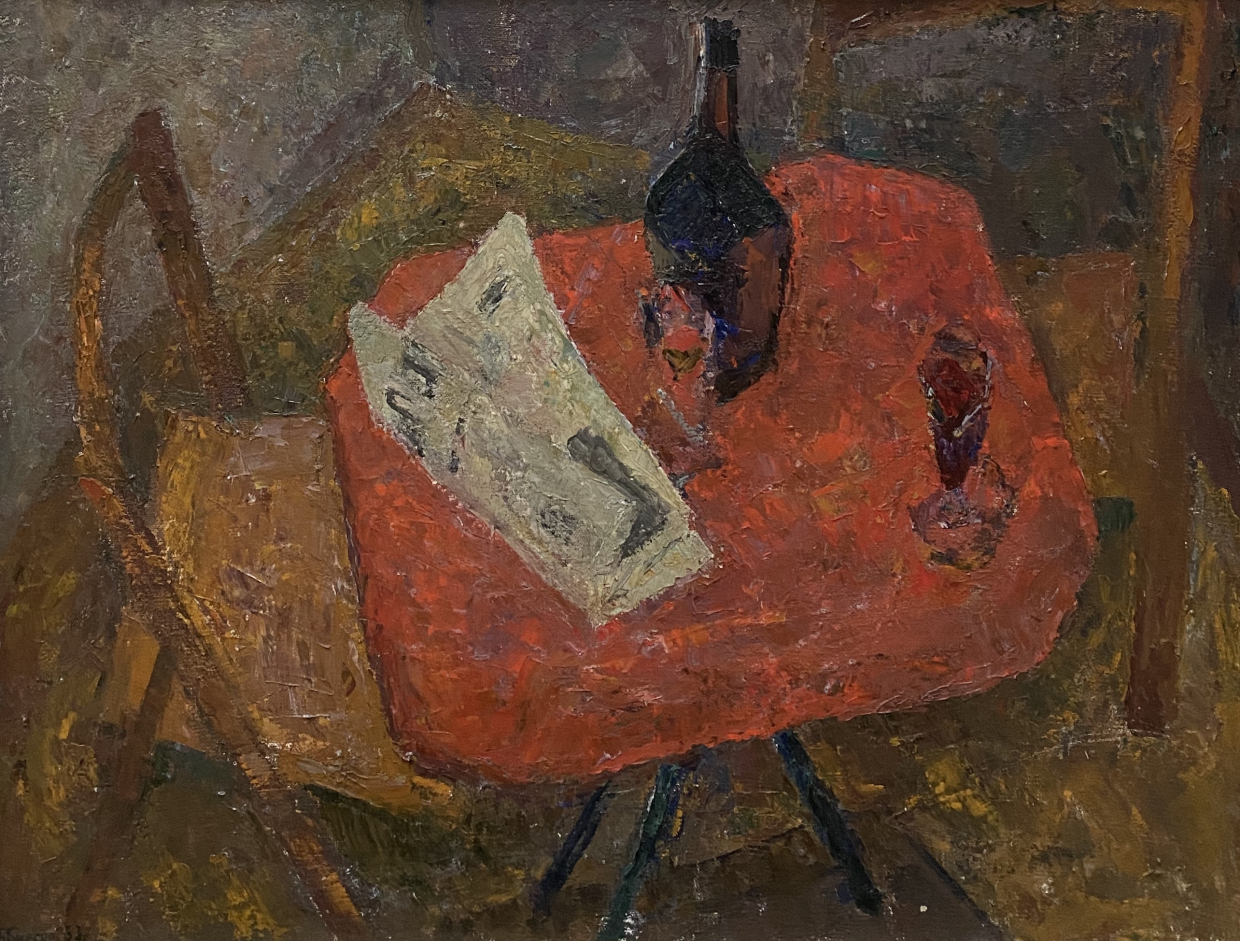
Boris Birger. Still life. 1963. National art gallery of Armenia. Yerevan.
Boris Birger was born into a Jewish family in Moscow in 1923. He painted almost all genres: still life, interior, landscape, portrait, biblical themes. But the artist's most famous works are portraits of famous personalities. Birger's style of portraiture is unique. The artist Boris Birger became widely known in Russia and in European countries thanks to the portraits in which he depicted his friends: the writer V. Shalamov, the scientist A. Sakharov, the wife of the repressed poet N. Mandelstam.
Boris Birger studied painting at the Moscow Art Institute, entered in 1941. But then the war began (of the Soviet Union and Germany in the framework of the Second World War). In 1942 Birger went to the front. Participated in the Battle of Stalingrad. At the end of the war, he returned to the Moscow Art Institute, finished his studies.
In the 1950s, Boris Birger and other artists from Russia were fascinated by the French school of painting. They called their first exhibition in 1961 "Nine", after the number of creators participating in it. The exposition was heavily criticized. In 1962, Birger's canvases appeared at the Moscow exhibition in the Manezh, which became famous for arousing the wrath of Nikita Khrushchev, Secretary General of the Communist Party of the USSR. This was followed by the exclusion of its members, including Birger, from the Union of Artists. Birger was accused of "denigrating Soviet reality."
In 1968, Boris Birger signed several collective letters in defense of civil liberties and human rights. In the same year, the name of Birger was finally banned in the USSR. For many years, Nadezhda Mandelstam, the widow of the great poet Osip Mandelstam, became his best friend.
In the 1970s, Birger gained fame in Europe, and especially in Germany, which was facilitated by the artist's friendship with the German writer Heinrich Böll.
In 1990, Boris Birger received a grant from the Heinrich Böll Society. In the same year, Boris moved with his family to Germany, where he spent the last years of his life. After the collapse of the Soviet Union, Boris Birger exhibited extensively in Europe...

